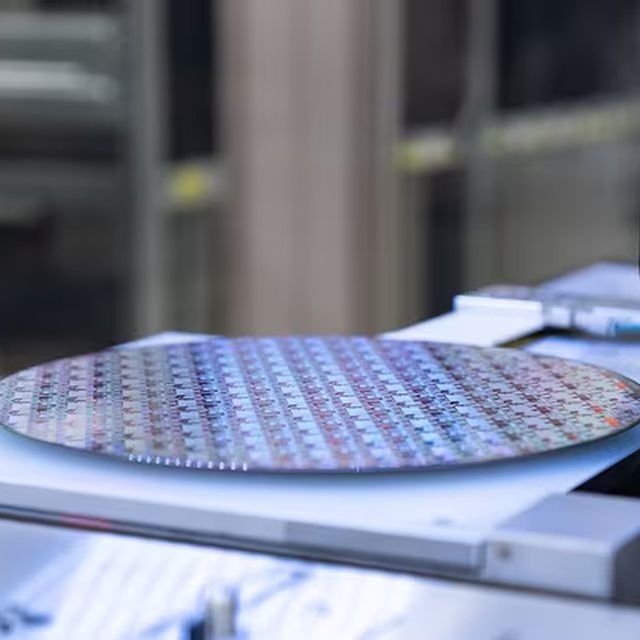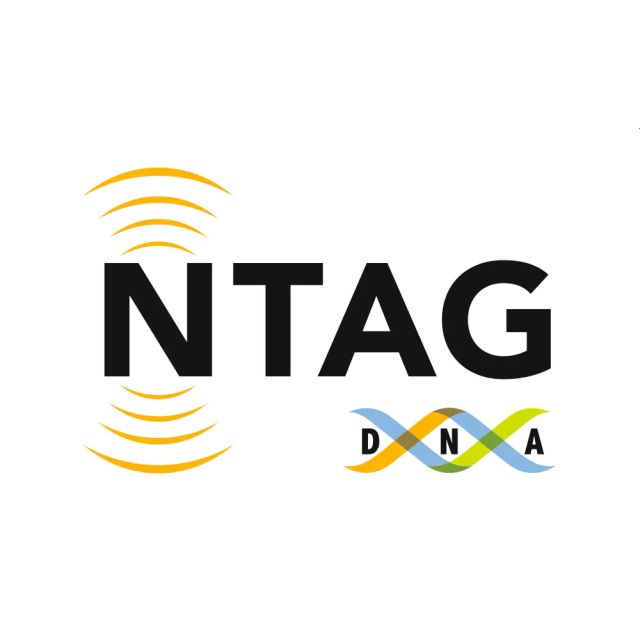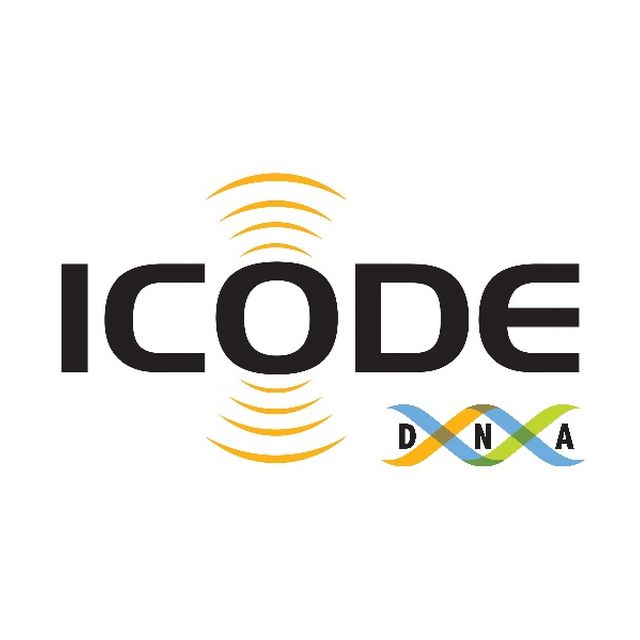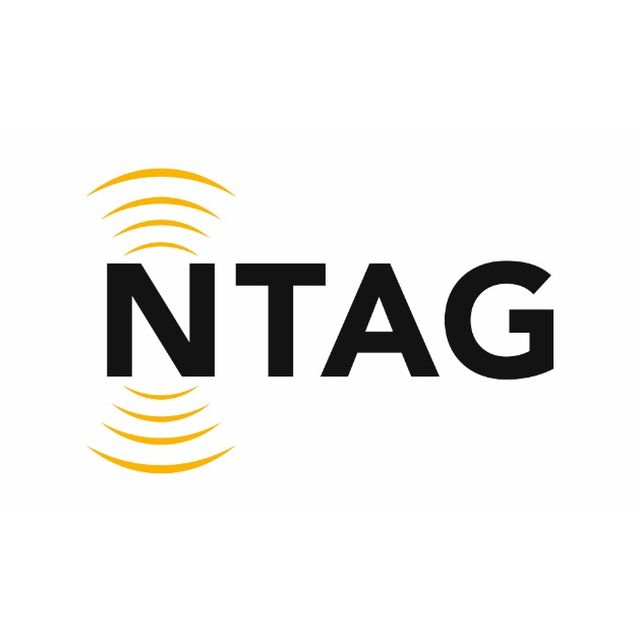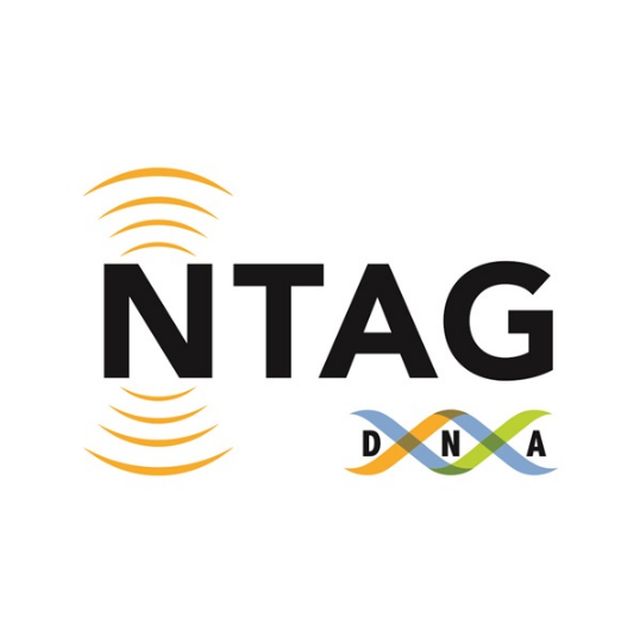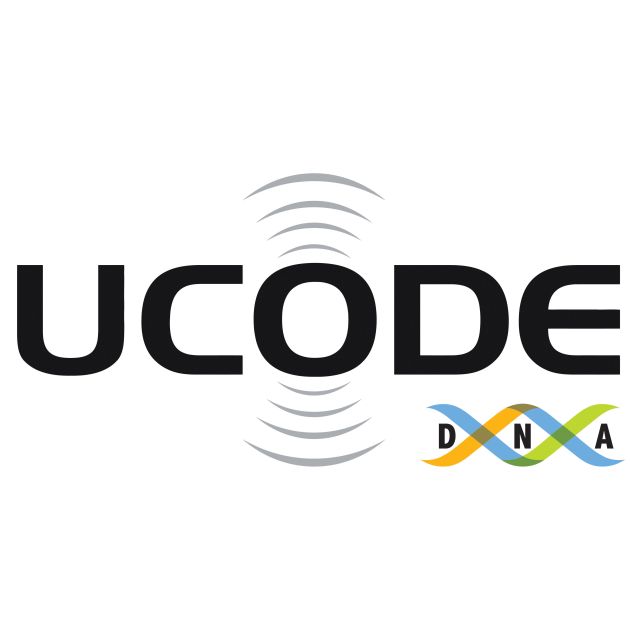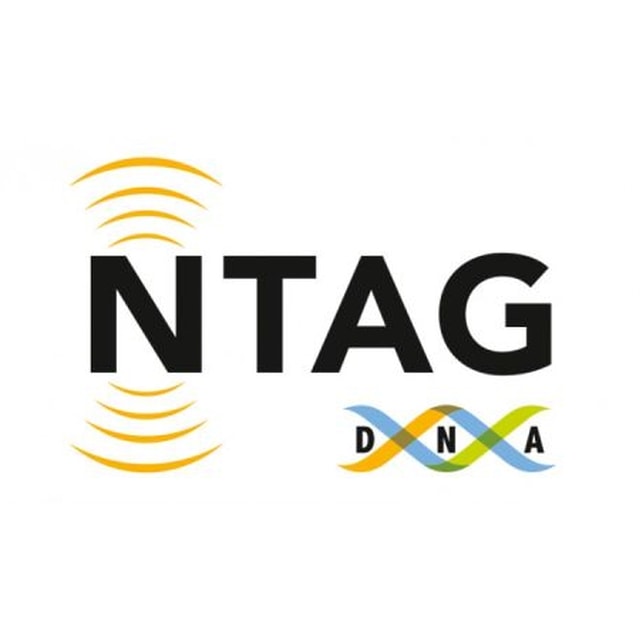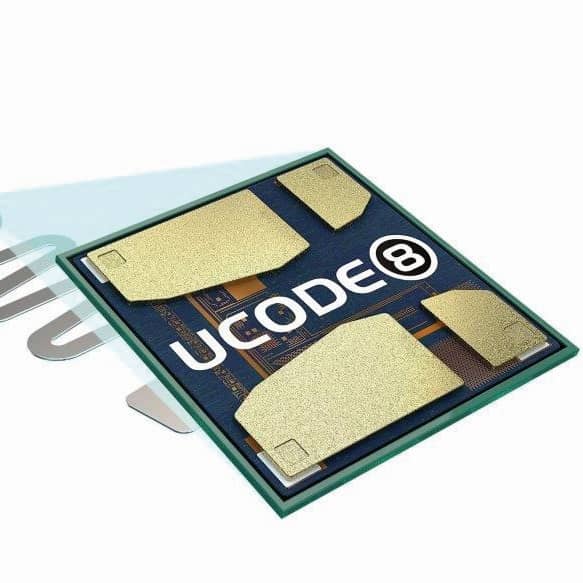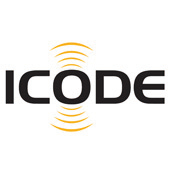NXP Semiconductors Presents the i.MX 93 Family
A product's success depends on understanding the market. As an IoT solution provider, it’s likely you need cost-optimal applications processors that provides high performance with reduced power consumption, multiple power modes, top-of-the-line security, support for segment specific connectivity and networking protocols such as Ethernet or MIPI-DSI and efficient machine learning inferencing capabilities.
Blog Post by Srikanth (Sri) Jagannathan from NXP Semiconductors.
Additionally, you expect production-ready, simple and easy-to-use software tools and an environment to effectively realize the hardware capabilities to quickly develop your design. Finally, you seek unwavering first-class technical support to get started quickly and launch your product. Some specifications such as power and performance, complex security and simple implementation, are very challenging to implement together. Well, not in the case of the i.MX 93 applications processors family. In this blog I will show you why i.MX 93 family is a great fit for cost-sensitive general purpose IoT applications and why we believe i.MX 93 applications processor family will transform the entry-level edge processing market.
Key Features of the i.MX 93 Family and Supporting Cast
The i.MX 93 family of applications processors is the first in our next generation i.MX 9 applications processors series. The i.MX 93 system on chip (SoC) architecture integrates one or two Arm® Cortex®-A55 cores, one Arm Cortex-M33 core and an Arm® Ethos™-U65 Neural Processing Unit (NPU). We chose these processing units for their superior power efficiency and performance capabilities compared to their previous generation counterparts. The Cortex-M33 provides added security with Arm’s TrustZone™ technology. In addition to these components, a big part of the reason i.MX 93 family achieves high power efficiency and performance is NXP’s innovative energy flex architecture.
The i.MX 93 SoC also integrates our EdgeLock® secure enclave – a self-managing, state-of-the-art security solution. This enhanced-security sub-system provides robust and autonomous management of critical security functions, such as root of trust (RoT), run-time attestation (RTT), trust provisioning (TP), secure boot, key management, and cryptographic services, at the same time simplifying the path to industry-standard security certifications.
Rounding out the supporting technologies, NXP’s highly integrated PCA9451A power management integrated circuit (PMIC) and the IW612 Wi-Fi® module are bundled together with the i.MX 93 family development kit. They are designed to extract the highest performance from the i.MX 93 processor family, and were defined, co-developed and co-validated with the processor to enable a more efficient design process.
NXP’s software tools and technical support are other critical aspects to selecting the i.MX 93 family. NXP provides developers with a complete Linux® environment to ease the applications development process. The Linux Board Support Packages (BSPs) are tested and certified, ensuring a fully operational toolchain, kernel and board specific modules ready to use together within a fixed configuration for i.MX 93 hardware development tools that includes the i.MX 93 applications processor and the NXP PCA9451A PMIC and IW612 Wi-Fi module. You get a thoroughly tested BSP that includes the i.MX 93 SoC along with the PMIC and Wi-Fi modules as a pre-integrated and tested sub-system, accelerating your design cycle.
i.MX 93 General-Purpose Applications Processors
The versatility of the i.MX 93 family comes through interfaces and protocols supported and its suitability to meet the unique requirements of various market segments. You might be aware that industrial customers prefer the LVDS display interface over MIPI-DSI because of its better noise tolerance in harsh environment (generally the case in industrial setting) while non-industrial customers prefer MIPI-DSI for its higher bandwidth.
The i.MX 93 processor is suited for both markets as it supports both LVDS and MIPI-DSI protocols. Of course, it does not just end with the interface or protocol support. The i.MX 93 SoC contains an efficient display subsystem that includes a display controller and hardware renderer working in tandem with Cortex-A55 to output crisp and clear video (up to 1080p60) on the LCD screen. This makes the i.MX 93 applications processor an excellent choice for low to mid-range HMIs considering its simple yet powerful display subsystem.
Many industrial applications require at least two Ethernet interfaces on the processor to connect in a daisy chain scheme (one port in and one port out) or to connect one Ethernet port to the cloud (uplink) and another Ethernet port to other devices in the chain (downlink). The i.MX 93 applications processor contains two high-speed Ethernet ports (up to 1 Gbps) along with support for Time-Sensitive Network (TSN) standards on one of the interfaces. The hardware capability, supplemented by NXP’s real-time edge software, makes i.MX 93 processors an appropriate choice for industrial automation applications such as programmable logic controllers, gateways, building access controllers and energy management controllers.
i.MX 93 Applications Processors – For Machine Learning (ML) Applications
The i.MX 93 family targets a variety of ML-based edge applications across segments due to its heterogeneous cores and Arm Ethos-U65 NPU. The Ethos-U65 and Cortex-M33 combination enables low-power machine learning applications, such as voice recognition and wake-word detection in voice AI solutions such as Amazon Alexa and Google Home. The Cortex-A55 and Ethos-U65 combo works in parallel for more compute-intense applications such as industrial vision, smart hubs, smart doorbells, and driver monitoring systems.
The power modes of our i.MX 93 family along with the different processing units make it the perfect choice to achieve cost-efficient entry-level ML applications across different segments. The dedicated NPU hardware capability along with NXP eIQ® software development environment allows you to develop complete system-level ML applications with ease.
i.MX 93 Family – Your Search Ends Here
By now, we hope you are convinced that the i.MX 93 family of applications processors provide the optimal choice to create low- to mid-range edge applications across market segments. The i.MX 93 architecture, with the selection of appropriate components, innovative architecture, design and implementation will surpass your needs to develop cost-effective entry-level edge applications. Additionally, NXP’s high-quality software tools and steadfast technical support makes the i.MX 93 family of processors a must-have solution for your edge applications.














